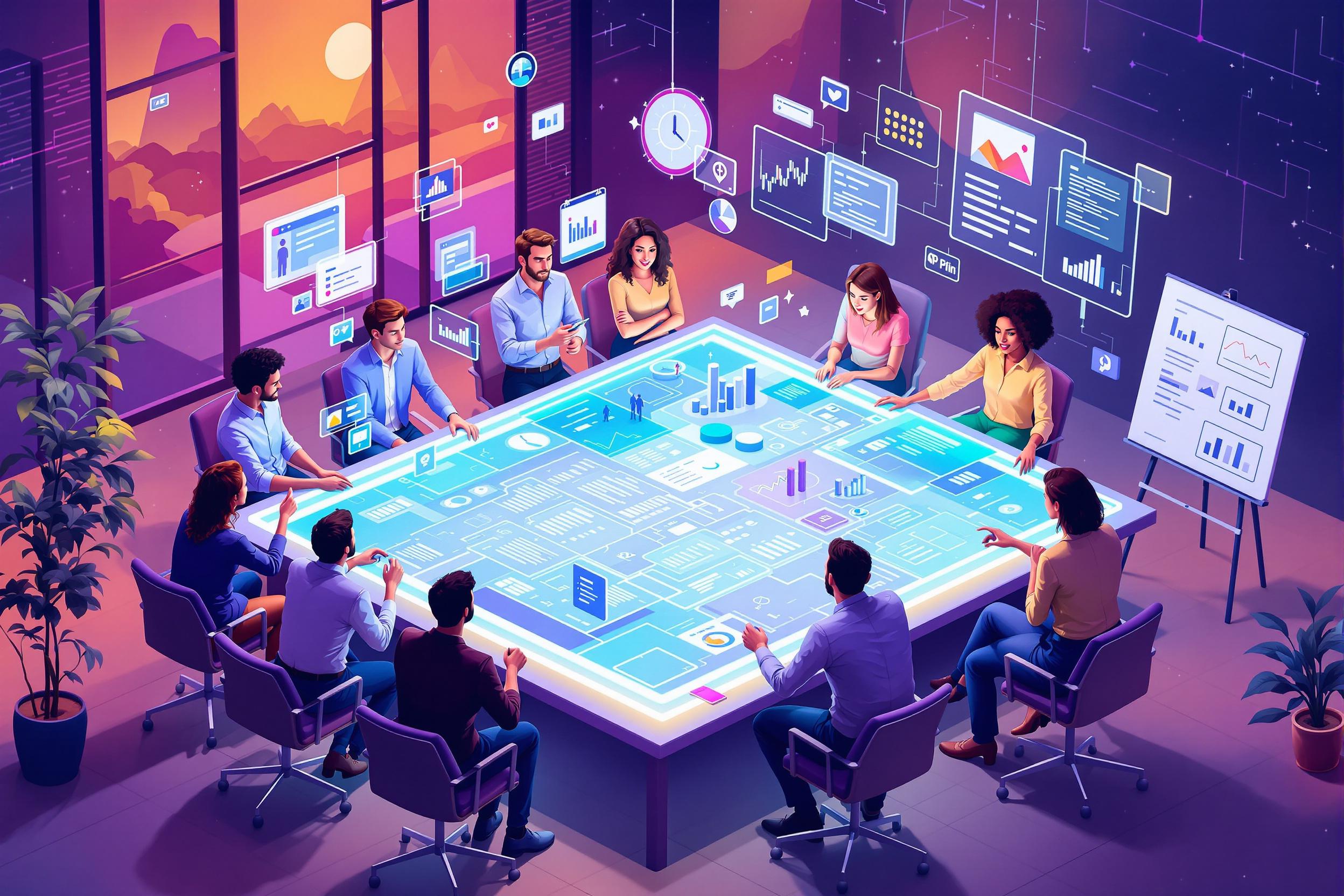
Agile Learning
Agile Learning is a modern approach to training and skill development that adapts quickly to changing needs. It's based on the same principles as the business method called Agile, where work is done in short cycles with frequent feedback. In a learning context, it means training programs that are flexible, interactive, and can be quickly updated as needed. Instead of long, fixed courses, Agile Learning breaks education into smaller, manageable pieces that can be easily adjusted based on what works best for learners. This approach is becoming popular in companies that need to keep their employees' skills current in a fast-changing work environment.
Examples in Resumes
Implemented Agile Learning methods to reduce employee training time by 40%
Designed Agile Learning programs for teams of 50+ employees
Led Agile Learning workshops focusing on continuous skill development
Created Agile Training materials for new hire onboarding
Developed Agile-Based Learning strategies for remote teams
Typical job title: "Learning and Development Specialists"
Also try searching for:
Where to Find Learning and Development Specialists
Professional Networks
Online Communities
Events & Conferences
Example Interview Questions
Senior Level Questions
Q: How would you implement an Agile Learning strategy in a large organization?
Expected Answer: Look for answers that discuss starting with pilot programs, gathering feedback, measuring results, and gradually scaling up. They should mention ways to get buy-in from stakeholders and how to adjust the program based on learner needs.
Q: How do you measure the success of an Agile Learning program?
Expected Answer: Strong answers should include both quantitative metrics (completion rates, skill assessments) and qualitative feedback (learner surveys, manager feedback). They should also mention tracking long-term business impact.
Mid Level Questions
Q: What tools and methods do you use to create flexible learning content?
Expected Answer: Should discuss various content creation tools, ways to break down content into smaller modules, and methods for quick updates based on feedback.
Q: How do you gather and incorporate learner feedback into training programs?
Expected Answer: Should describe different feedback collection methods (surveys, interviews, assessments) and how to use this information to improve training materials.
Junior Level Questions
Q: What is the difference between traditional and Agile Learning approaches?
Expected Answer: Should be able to explain how Agile Learning is more flexible and interactive compared to traditional fixed courses, with examples of each approach.
Q: How do you keep learners engaged in an Agile Learning environment?
Expected Answer: Should mention interactive elements, regular check-ins, practical exercises, and ways to maintain learner motivation.
Experience Level Indicators
Junior (0-2 years)
- Basic training content creation
- Understanding of learning principles
- Simple feedback collection
- Basic presentation skills
Mid (2-5 years)
- Training program design
- Learner engagement strategies
- Feedback analysis
- Multiple content delivery methods
Senior (5+ years)
- Strategic program development
- Training ROI measurement
- Team leadership
- Stakeholder management
Red Flags to Watch For
- No experience with feedback collection or analysis
- Rigid approach to training design
- Poor communication skills
- Lack of experience with different learning styles
- No understanding of business impact measurement
Need more hiring wisdom? Check these out...

Future-Proof Your Workforce: Embracing Lifelong Learning

Stop Training Like It's 1999: The Unconventional Guide to Upskilling Your Team for the Future

Micro-Internships: The Game-Changer in Project-Based Learning

